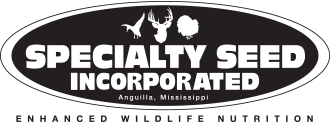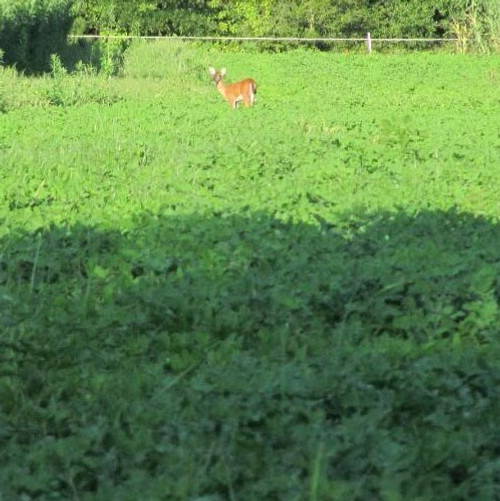Product Description
Crimson Clover is commonly used for wildlife food plots, cattle forage and decorative ground cover planting. Crimson clover (Trifolium incarnatum) is one of the most colorful forage plants and is frequently seen along roadsides, where it is planted for highway beautification. Crimson clover is a reseeding winter annual with an erect growth habit and a shallow taproot system.
Crimson clover is best adapted to the heavier, well-drained soils, performing poorly on dry, sandy, and poorly drained sites. Crimson clover produces more forage at low temperatures than other clovers. It is fairly tolerant of soil acidity and is often seeded in mixture with small grains and ryegrass. Crimson clover is also often seeded into warm-season perennial grass pastures (bermudagrass and bahiagrass) and may reseed under some management conditions.
Seeds germinate in the fall, and plants produce very little top growth while developing a strong root system, so very little forage is available for grazing before February. Grazing should be delayed until 6-8 inches of growth accumulate. Terminate grazing when plants are 3-5 inches in height. Crimson then grows rapidly until flowering begins about mid-April. Forage is very high quality with both leaves and stems readily consumed. Although it is generally grazed, it may be harvested as high-quality hay or silage. If trying to manage for reseeding, reduce grazing pressure for about three weeks when in full flower.
Coated with inoculant.
Planting Rate: 15-20 lbs/acre






